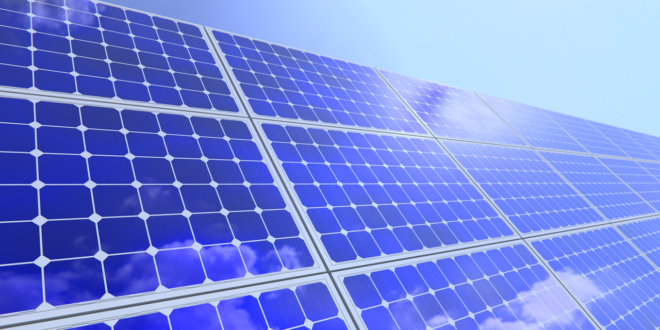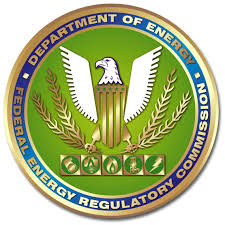What Are Solar Panels?
Solar panels, also known as “solar chips” or “photovoltaics”, are optoelectronic semiconductor sheets that directly generate electricity from sunlight. Single solar cells cannot be used directly as a power source. As a power source, several single solar cells must be connected in series, connected in parallel, and tightly packaged into components.
How Do Solar Panels Work?
The working principle of panels is to convert solar energy into electricity, and solar energy itself is beneficial to the environment. As we all know, like wind energy, it is environmentally friendly and renewable and can reduce the use of non-renewable resources such as fossil fuels, thereby reducing the environmental pollution. But when you introduce solar into your field of use, you have to consider, what are advantages and disadvantages can it bring you?
The most common, using solar panels, can generate electricity, reduce your use of billed electricity, and reduce the delivery of electricity bills. The solar panel can be used with a battery to store excess electricity, which can be used day or night. In places where the environment is relatively harsh, it can help to solve the problem of power supply, such as some weather monitoring and research work, and solar panels can be used to maintain the normal operation of various equipment (such as weather station).
What Are the Types of Solar Panels?
When we choose panels, budget, aesthetics, and energy efficiency are usually considered. While all three are important, there is one more important reason: the type of solar panel you choose.
What are the types of solar panels? There are three types of panels, each with its advantages and disadvantages. They are monocrystalline silicon solar panels, polycrystalline silicon solar panels, and thin film (amorphous silicon) panels. Each type of solar cell is manufactured in a unique way. The following is a detailed introduction:
1. Monocrystalline Silicon Solar Panels
Monocrystalline silicon solar panels are the earliest panels, and they are also the most developed and have a relatively mature technology. These monocrystalline panels are made of about 40 monocrystalline silicon. These solar cells are made of pure silicon. During the manufacturing process, silicon crystals are placed in a vat to melt. The crystal is then pulled very slowly out of the vat, allowing the molten silicon to form a solid shell around it, called a silicon ingot. Then, the silicon ingot is cut into thin wafers. Silicon wafers are made into cells, which are then assembled together to form a solar panel. The surface of the monocrystalline solar panel is blue, and the four corners are missing, and the conversion efficiency is usually around 18-24%.
2. Polycrystalline Silicon Solar Panels
Polycrystalline silicon solar panels have only been developed in recent years, but they are rapidly rising in popularity and efficiency. Just like monocrystalline silicon panels, polycrystalline silicon cells are also made of silicon. But polycrystalline batteries are made from shards of silicon crystals that melt together. During the manufacturing process, silicon crystals are placed in a vat to melt. Instead of pulling out slowly, the crystal is allowed to shatter and cool. Then, once the new crystal cools in its mold, the fragmented silicon is thinly sliced into polycrystalline solar wafers. The wafers are assembled together to form a polysilicon slab. Polycrystalline silicon panels are also blue, but under certain light, they will show colorful colors, and the conversion efficiency is about 14-18%.
3. Thin-Film Solar Panels
Thin-film solar panels are a new development in the solar panel industry. The characteristic of thin-film panels is that they are not always made of silicon. They can be made from a variety of materials, including cadmium telluride (CdTe), amorphous silicon (a-Si), and copper indium gallium selenide (CIGS). Their biggest feature is that compared with crystalline silicon panels, it has great flexibility and strength, but its conversion efficiency is only 7-14%, and its appearance is very easy to distinguish. Compared with other panels, its price is the highest. Due to its relatively short production period, the process is not as mature as polysilicon and monocrystalline silicon.
Where Are Solar Panels Used?
1. Household
Small power supplies ranging from 10-100W are used for domestic electricity consumption in remote areas without electricity such as islands and border guard posts, such as lighting, TVs, tape recorders, etc. 3-5KW household rooftop grid-connected power generation system. Solve the drinking and irrigation of deep wells in areas without electricity.
2. Transportation
Such as beacon lights, traffic lights, street lights, high-altitude obstruction lights, wireless phone booths, etc.
3. Communication
Solar unattended microwave relay station, optical cable maintenance station, paging power system. Rural carrier telephone photovoltaic system, small communication machine, GPS power supply, etc.
4. Meteorological
Oil pipeline and reservoir gate cathodic protection solar power system, life and emergency power supply of oil drilling platform, marine inspection station, weather station, hydrological observation equipment, etc.
5. Others
Solar car, car air conditioner, ventilation fan, cold drink box, etc. Satellites, spacecraft, space solar power plants, etc.
Overall, solar panels give you power stability and financial flexibility.



